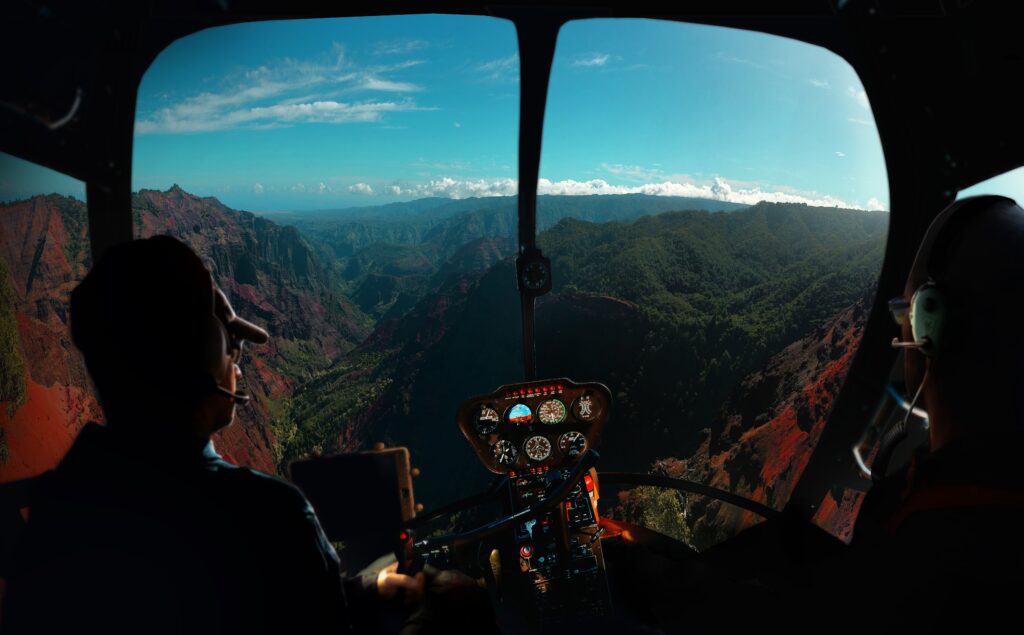Panama is an example of a destination that is putting the ideals of community-based tourism into practice. The country’s ambitious Sustainable Master Tourism Plan aims to maximize direct benefits to communities and the environment from tourism and business travel to Panama.
One key aspect of this strategy is to involve local communities directly in tourism planning. The plan was designed to put Panamanians first, and 10 different indigenous or Afro-Panamanian groups were consulted in its creation, along with local NGOs. In 2021, the government also formed an alliance called the Panamanian Alliance for Community Tourism, intended to prepare communities to manage tourism. The first criteria considered by the alliance is consent, or whether the community wishes to participate in tourism.
The Emberá is one example of an indigenous group in Panama that has embraced tourism and formed a community-focused tourism infrastructure. The Emberá people opted to establish a town entirely dedicated to welcoming visitors to learn about their culture and lifestyle. They have instituted their own regulations that guide the tourism activities and services that members of the community provide. A traditional government structure also ensures community wellbeing and the conservation of traditional traditions and practices.

Another aspect of Panama’s support for community- based tourism is attracting conscientious travelers. The country’s new tourism campaign, Vive por más (Live for more), targets conscientious travelers, who are more inclined to travel to pursue cultural and natural interests, as well as make conscious decisions to support local communities. The Sustainable Master Tourism Plan facilitates the establishment of new tourism routes and clusters, and conscientious travelers are more likely to take a step off the beaten path to explore these new attractions.
The ongoing pandemic has presented a unique opportunity for destinations to reset and reopen their centers of tourism with a people-centered approach. In a time of extreme difficulty for the industry, this is a silver lining we can all appreciate.




